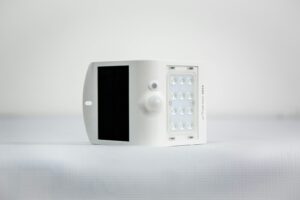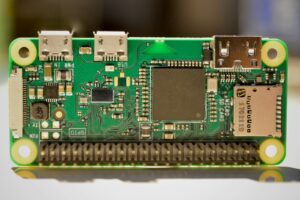Ensuring Seamless Interoperability
Streamlining Communication Between Devices
The integration of IoT with legacy systems is a complex task, and using standardized protocols is essential to streamline communication between devices. In the technologically advanced regions of Saudi Arabia and the UAE, where smart city projects are gaining momentum, standardized protocols ensure that new IoT devices can effectively communicate with existing systems. For instance, in Riyadh and Dubai, various public and private sectors are integrating IoT to enhance efficiency and service delivery. Standardized protocols such as MQTT, CoAP, and OPC UA facilitate seamless data exchange, enabling devices from different manufacturers to operate together without compatibility issues. This standardization reduces the complexity of integration, leading to faster deployment and reduced costs.
Enhancing Data Consistency and Accuracy
Data consistency and accuracy are critical for the success of IoT deployments. By employing standardized protocols, organizations can ensure that data collected from IoT devices is consistent and accurate, regardless of the source. In the UAE’s healthcare sector, for example, integrating IoT devices with existing hospital information systems requires precise and reliable data to ensure patient safety and improve care quality. Standardized data formats enable seamless integration, allowing healthcare providers to access and analyze comprehensive data sets. This consistency is also vital for predictive maintenance in manufacturing facilities in Saudi Arabia, where accurate data can prevent equipment failures and reduce downtime.
Facilitating Scalability and Flexibility
Standardized protocols provide the scalability and flexibility necessary for expanding IoT networks. As businesses in Dubai and Riyadh continue to adopt IoT technologies, the ability to scale their systems without extensive reconfiguration becomes crucial. Standardized protocols like HTTP/2 and AMQP support a wide range of devices and applications, making it easier to add new IoT components to existing systems. This flexibility is particularly beneficial for large-scale projects, such as smart grid implementations in Saudi Arabia, where different types of sensors and devices need to work together harmoniously. By using standardized protocols, organizations can future-proof their IoT investments and adapt to evolving technological landscapes.
Optimizing Security and Management
Improving Cybersecurity Measures
Cybersecurity is a significant concern for IoT deployments, and standardized protocols play a vital role in enhancing security measures. In regions like the UAE and Saudi Arabia, where cyber threats are increasingly sophisticated, ensuring secure communication between IoT devices and legacy systems is paramount. Protocols such as TLS and DTLS provide robust encryption and authentication mechanisms, protecting data integrity and preventing unauthorized access. For businesses in Riyadh and Dubai, implementing these standardized security protocols helps safeguard sensitive information and maintain trust with customers and stakeholders. Enhanced security also minimizes the risk of data breaches, which can have severe financial and reputational repercussions.
Simplifying Device Management
Effective device management is essential for the smooth operation of IoT networks. Standardized protocols simplify the process of monitoring, updating, and maintaining IoT devices integrated with legacy systems. In the UAE’s retail sector, for example, managing a network of smart shelves and inventory systems requires real-time updates and remote management capabilities. Protocols like SNMP and LWM2M enable centralized management of IoT devices, reducing the need for manual intervention and ensuring that devices are always up-to-date with the latest firmware and security patches. This streamlined management approach enhances operational efficiency and reduces maintenance costs.
Ensuring Regulatory Compliance
Compliance with regulatory standards is crucial for IoT deployments, especially in industries like finance and healthcare, where data privacy and security are heavily regulated. Standardized protocols help organizations in Dubai and Riyadh adhere to international and local regulations by ensuring that their IoT systems meet required standards. For instance, the use of standardized communication protocols can facilitate compliance with GDPR, HIPAA, and other data protection laws. By integrating IoT devices with legacy systems using standardized protocols, businesses can ensure that their operations remain compliant, avoiding legal penalties and building a reputation for reliability and trustworthiness.
Conclusion
The use of standardized protocols for integrating IoT with legacy systems offers numerous benefits, including seamless interoperability, enhanced data consistency, scalability, improved cybersecurity, simplified device management, and regulatory compliance. For business executives, mid-level managers, and entrepreneurs in Saudi Arabia and the UAE, leveraging standardized protocols is essential for maximizing the potential of IoT technologies. By adopting these standards, organizations can drive innovation, improve operational efficiency, and maintain a competitive edge in the rapidly evolving digital landscape.
#StandardizedProtocols, #IoTIntegration, #LegacySystems, #IoTStandards, #BusinessTechnology, #SaudiArabia, #UAE, #Riyadh, #Dubai, #AIIntegration, #IoTDevelopment













